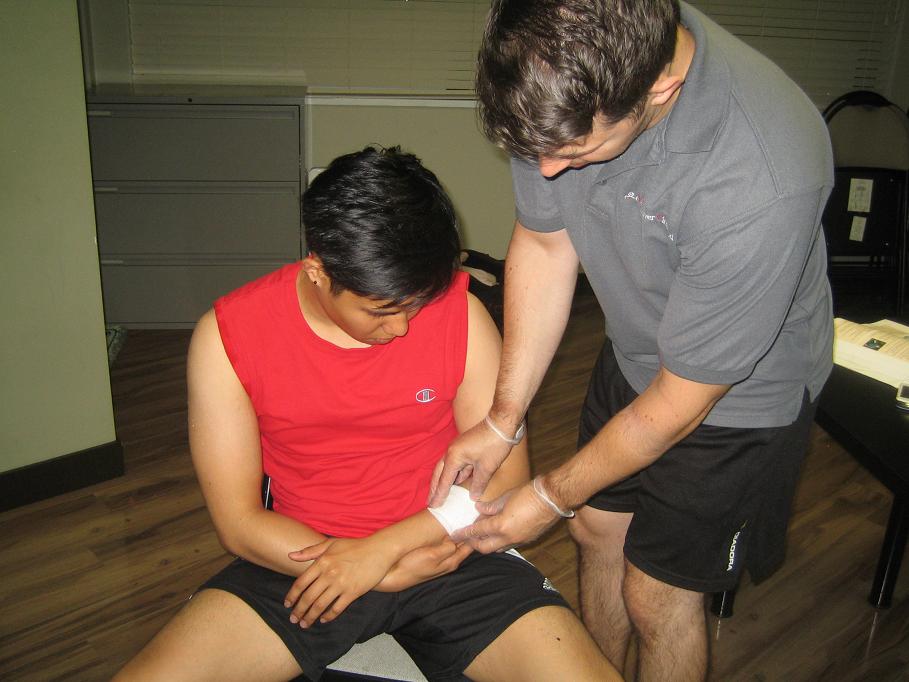https://www.youtube.com/watch?v=uA-vHanFv1o
A wound is a break in the skin that can become infected if it is not treated and cleaned properly. While a minor wound can be negligible in many cases, it can pose a major risk to individuals with conditions that prevent the efficient healing processes to take place. Individuals with a weak immune system, diabetes mellitus, cancer, kidney and lung condition tend to show a slow response to wound healing. In other cases, objects that are not removed from inside the wound like broken glass can also delay healing and increase the chances the wound becomes infected.
The material posted on this page on preventing infections and wound management is for learning purposes only. To learn to recognize and manage minor and major wounds enrol in standard or emergency first aid courses with one of our providers.
Diagnosing an infected wound
Most of the time a victim does not need to go through a diagnostic examination to know that a wound is infected. By making a simple assessment of the wound, a victim can recognize signs that can indicate the presence of infection. A warm, tender and swollen wound is likely to be infected and the signs of a fever also collaborates the presence of an infection. In some instances blood and pus may also come out of the wound and a foul odor may also be present.

Infection is often apparent a few days after sustaining the wound. It is important to check the wound from time to time even while it is already being treated. If the wound is covered with a bandage or gauze, make sure to change the dressing every day. Slowly remove the gauze and look at the wound closely looking particularly for signs of fluid discharge from the wound. If a sign of infection is apparent, find the closest lymph nodes to the wound area. This is where the bacteria is trapped when the body’s immune response takes action. If the nodes are swollen and tender you can confirm that the infection is present and seek medical attention.
Preventing infection on an open wound
Prevention of infection is the best response and there are several first aid responses that you can do to accomplish this. Clean the wound and apply an antiseptic over it. Immediately protect the open wound against bacterial invasion by covering it with a clean bandage or gauze. A medical professional may be able to give the person an antibiotic as a prophylaxis treatment that will prevent an infection from the wound.
First aid training on wound care
Major accidents can result in more serious open wounds that require skills in management and treatment at the first instance of sustaining the injury. First aid training will make you more competent on how to respond to treating a major open wound and prevent the potential spread of infection.
References:
World Health Organization. Prevention and management of wound infection. Accessed on June 2, 2014 from http://www.who.int/hac/techguidance/tools/guidelines_prevention_and_management_wound_infection.pdf
Drugs.com. Wound infection. Accessed on June 2, 2014 from http://www.drugs.com/cg/wound-infection.html

